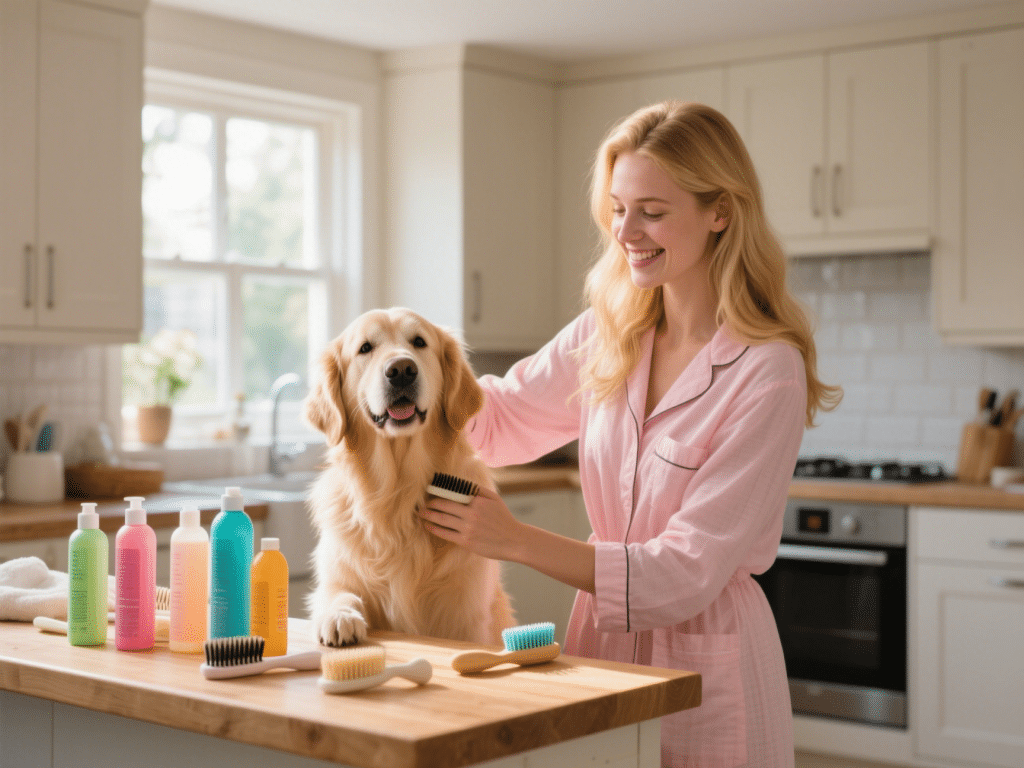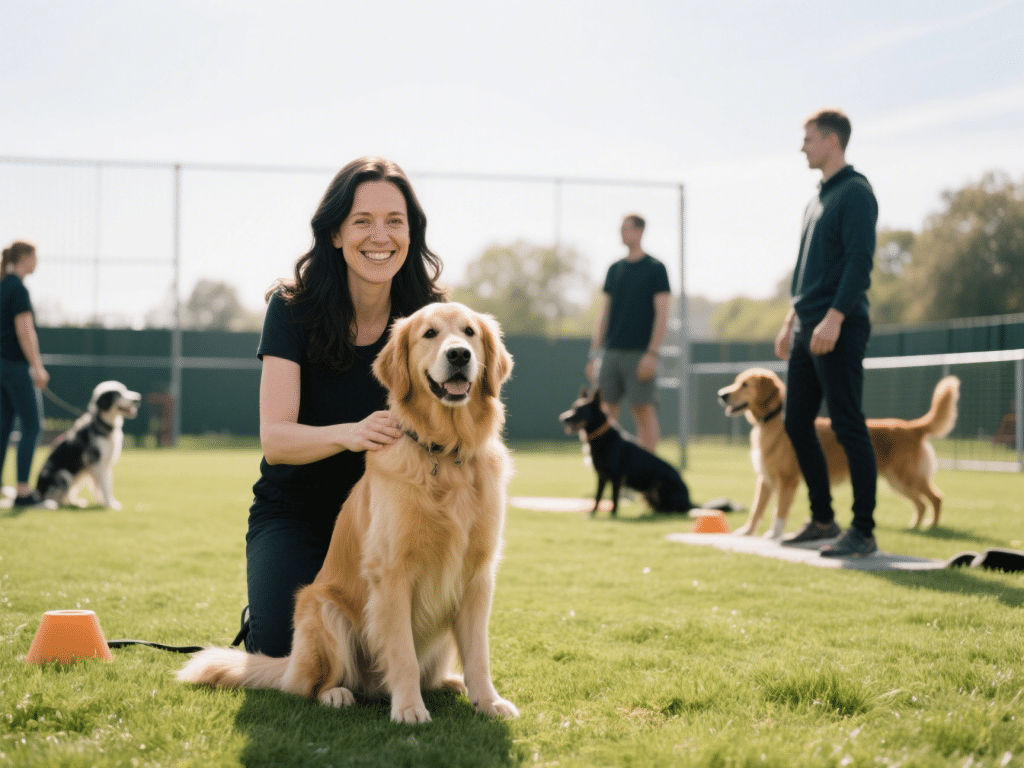Pet Hygiene: Essential Practices for a Thriving Companion
Maintaining optimal pet hygiene isn’t just about a pleasant smell; it’s a cornerstone of preventing disease and ensuring your furry friend’s long-term vitality. Neglecting basic routines can lead to skin infections, parasitic infestations, dental disease, and discomfort. Implementing consistent, species-appropriate care is fundamental.
Core Pillars of Effective Pet Hygiene
Regular Brushing & Coat Maintenance:
Frequency Matters: Short-haired pets benefit from weekly brushing. Long-haired breeds (e.g., Persians, Collies) often require daily attention to prevent painful mats and tangles.
Tool Selection: Use slicker brushes for removing loose undercoat, pin brushes for topcoats, and fine-toothed combs for detangling. De-shedding tools are invaluable during seasonal changes.
Benefits: Distributes natural skin oils, removes dirt/debris, stimulates circulation, reduces shedding in the home, and provides early detection of lumps, bumps, fleas, or skin irritations.
Bathing: Science, Not Frequency:
Avoid Over-Bathing: Stripping natural oils causes dry, itchy skin. Most dogs need bathing every 4-8 weeks unless visibly dirty or smelly. Cats rarely require full baths (spot cleaning often suffices) unless medically directed.
Proper Technique: Use lukewarm water and vet-approved, pH-balanced pet shampoo. Thoroughly wet the coat, lather gently (avoiding eyes/ears), rinse extremely well to prevent residue irritation. Secure pets safely in a non-slip tub.
Drying: Towel dry vigorously. Use a pet-specific blow dryer on low heat/cool setting if necessary, held at a safe distance to prevent burns. Ensure pets are completely dry, especially in skin folds and between toes.
Ear Care: Preventing Painful Infections:
Weekly Checks: Look for redness, excessive dark wax, swelling, or unpleasant odor – signs of potential infection.
Safe Cleaning: Moisten a cotton ball or pad with a veterinarian-recommended ear cleaner. Wipe only the visible parts of the outer ear canal (never insert cotton swabs/Q-tips deep into the ear). Gently massage the base of the ear if directed by the cleaner’s instructions.
Breed Susceptibility: Floppy-eared breeds (e.g., Basset Hounds, Cocker Spaniels) and swimming pets need extra vigilance.
Dental Hygiene: Beyond “Doggie Breath”:
Daily Brushing is Gold Standard: Use pet-specific toothpaste (NEVER human toothpaste) and a soft-bristled toothbrush or finger brush. Focus on the outer surfaces. Start slowly to acclimate your pet.
Alternatives & Supplements: Veterinary Dental Health Council (VDHC) accepted dental chews, water additives, or dental diets can help reduce plaque but aren’t substitutes for brushing.
Professional Cleaning: Annual veterinary dental check-ups are crucial. Professional scaling under anesthesia addresses tartar buildup below the gum line, preventing periodontal disease which impacts overall health.
Nail Trimming & Paw Care:
Regular Trims: Overgrown nails cause pain, affect posture, and can split or break. Trim every 2-4 weeks. Use sharp, guillotine or scissor-style clippers designed for pets.
Avoid the Quick: Cut only the clear, curved hook of the nail. Stop well before the pink quick (contains nerves/blood vessels). Have styptic powder on hand for accidental nicks.
Paw Inspection: Check pads for cuts, cracks, or embedded debris (like thorns or ice melt) after walks. Rinse paws if exposed to road salt or chemicals. Consider pet-safe balms for dry pads.
Environmental Hygiene: The Pet’s Ecosystem:
Sanitize Bedding: Wash pet beds, blankets, and soft toys weekly in hot water with pet-safe detergent to kill parasites and bacteria.
Food & Water Bowls: Wash daily with hot, soapy water to prevent bacterial slime (biofilm) buildup. Stainless steel is easiest to sanitize.
Litter Box Management: Scoop cat boxes at least once daily. Completely change litter and scrub the box with mild soap weekly. Provide one box per cat plus one extra.
Accident Cleanup: Use enzymatic cleaners specifically for pet urine/feces to eliminate odors and deter remarking.
Preventative Health & Professional Support:
Parasite Control: Maintain strict, year-round flea, tick, and heartworm prevention as prescribed by your veterinarian.
Veterinary Check-ups: Annual wellness exams are essential for early detection of health issues often linked to hygiene neglect (ear infections, dental disease, skin problems).
Know Your Pet: Be alert to excessive scratching, licking, head shaking, changes in coat quality, or unusual odors – report these to your vet promptly.
Consistency is Key
Integrating these hygiene practices into your regular routine prevents minor issues from escalating into major health concerns. Tailor the approach to your pet’s species, breed, age, and lifestyle. Always prioritize gentleness and positive reinforcement. When in doubt, consult your veterinarian for personalized advice – their expertise is invaluable for navigating specific challenges and ensuring your pet stays truly clean, comfortable, and healthy for years to come.
Disclaimer: This information provides general guidelines. Always consult with your veterinarian for advice specific to your pet’s individual health needs.










Comments on "Pet Hygiene: The Best Ways to Keep Your Pet Clean and Healthy" :